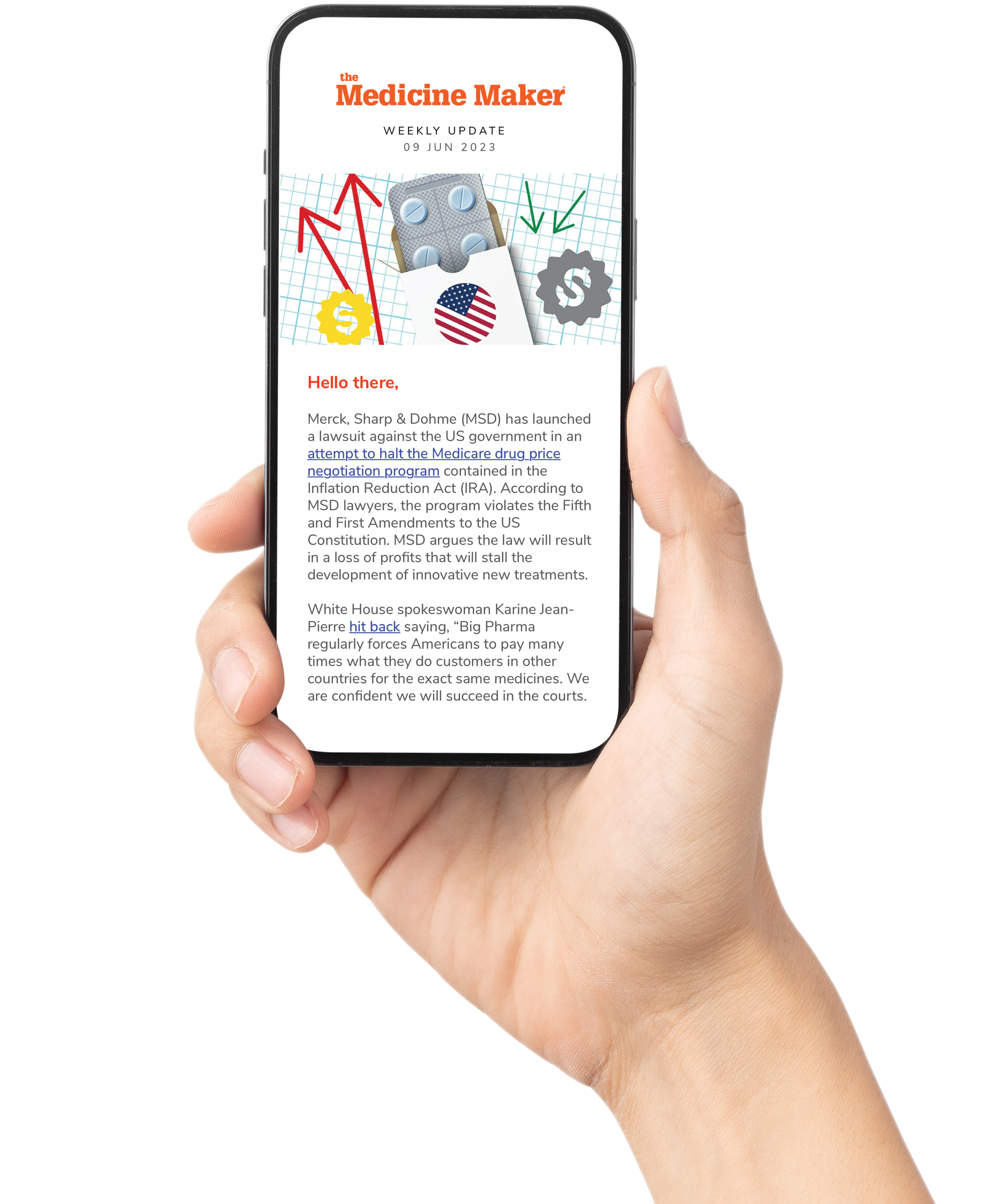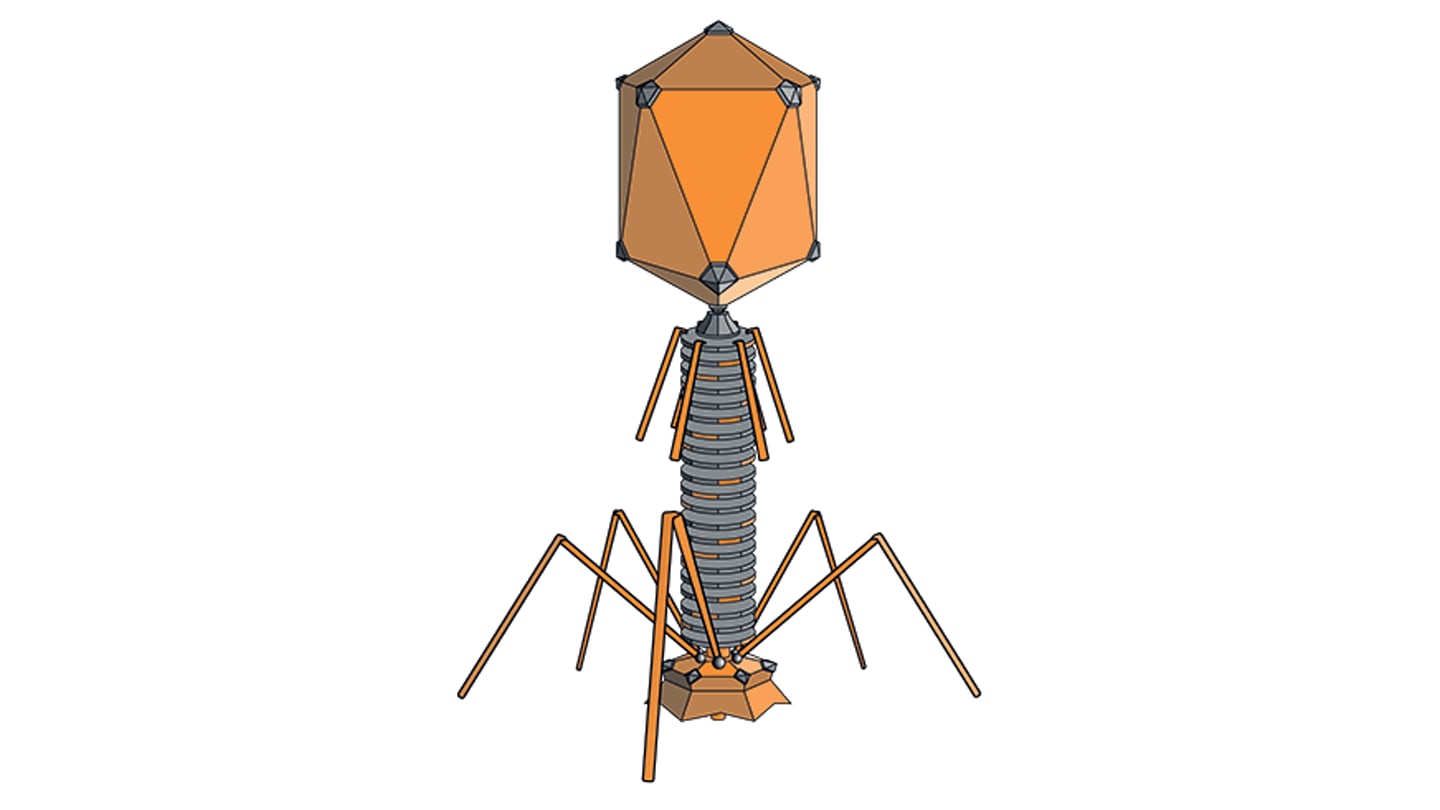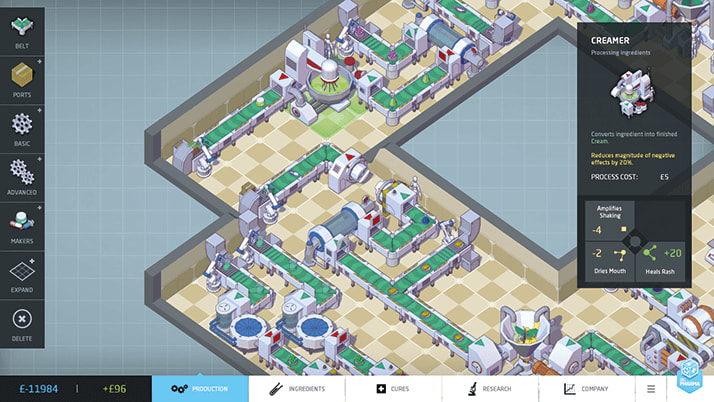UK-based molecular design software solutions provider Optibrium secured a multimillion pound financing package from Shawbrook Bank in July 2025. The strategic funding provides immediate capital and committed facilities to boost product development and global expansion.
Optibrium CFO Ally Henderson tells us about the responsibility of deciding what to do with the funds, and why computer-aided drug discovery is the focus of the company.
How do you plan to allocate the new financing to enhance computer-aided drug discovery platforms?
While the focus of this funding will be on internal development, we will continue to actively look for new collaboration opportunities with leading providers in the industry.
In the current market, the enormous challenges of productivity and efficiency of pharma R&D are more urgent than ever, and discovery teams need solutions to help them deliver the best candidates as quickly and as cost-effectively as possible. The funding will be allocated in a way that enables scientists across the industry to do exactly that: real-time collaboration across discovery teams. By connecting scientists, teams should be able to work together in real time on compound design and prioritization decisions, and access a shared view of the latest insights from data analysis. This will facilitate better-informed decision making, while preventing time wasted on duplicated efforts.
How are AI and machine learning helping to overcome limitations in traditional drug discovery methods?
AI and machine learning tools are at their most powerful when you put them in the hands of the expert scientists in any particular field. AI leverages deep learning to predict late-stage outcomes from early-stage data, facilitates informed decision making, and better compound prioritization. Leveraging AI-driven generative chemistry, which allows teams to identify novel compounds tailored specifically to their project objectives, we are working on the next generation of drug discovery AI technology.
Drug discovery data is vast and complex, but it is also an extremely valuable resource that can be used to generate incredible insights if leveraged appropriately. The use of deep learning imputation algorithms can improve predictions and guide new experiments to identify the most promising compounds and valuable experiments for project progression. Crucially, these insights are surfaced in a clear and interpretable way in order for teams to leverage them effectively and achieve significant time and cost savings.
Will the financing be used to attract new talent or expand the existing team?
We’re now focusing on specific areas of innovation that will bring value to our business and our customers. For example, we’re currently hiring a PhD candidate for a new research project that will apply one of the latest areas of machine learning (Machine Learning Interatomic Potentials (MLIPs)) to solve real-world problems in practical applications, such as metabolism. MLIPs are a really exciting area of machine learning research that has the potential to bring the accuracy of very expensive quantum mechanical simulations at a tiny fraction of the computational cost (seconds instead of days). This has a particular application to metabolism models because they rely on quantum mechanical simulations to make accurate predictions.
MLIPs could make them much faster, allowing calculations on many more molecules, with even greater accuracy than current methods. Once developed, these models should provide immediate practical relevance and deliver greater value to biopharma companies seeking efficient and sustainable drug development solutions.




